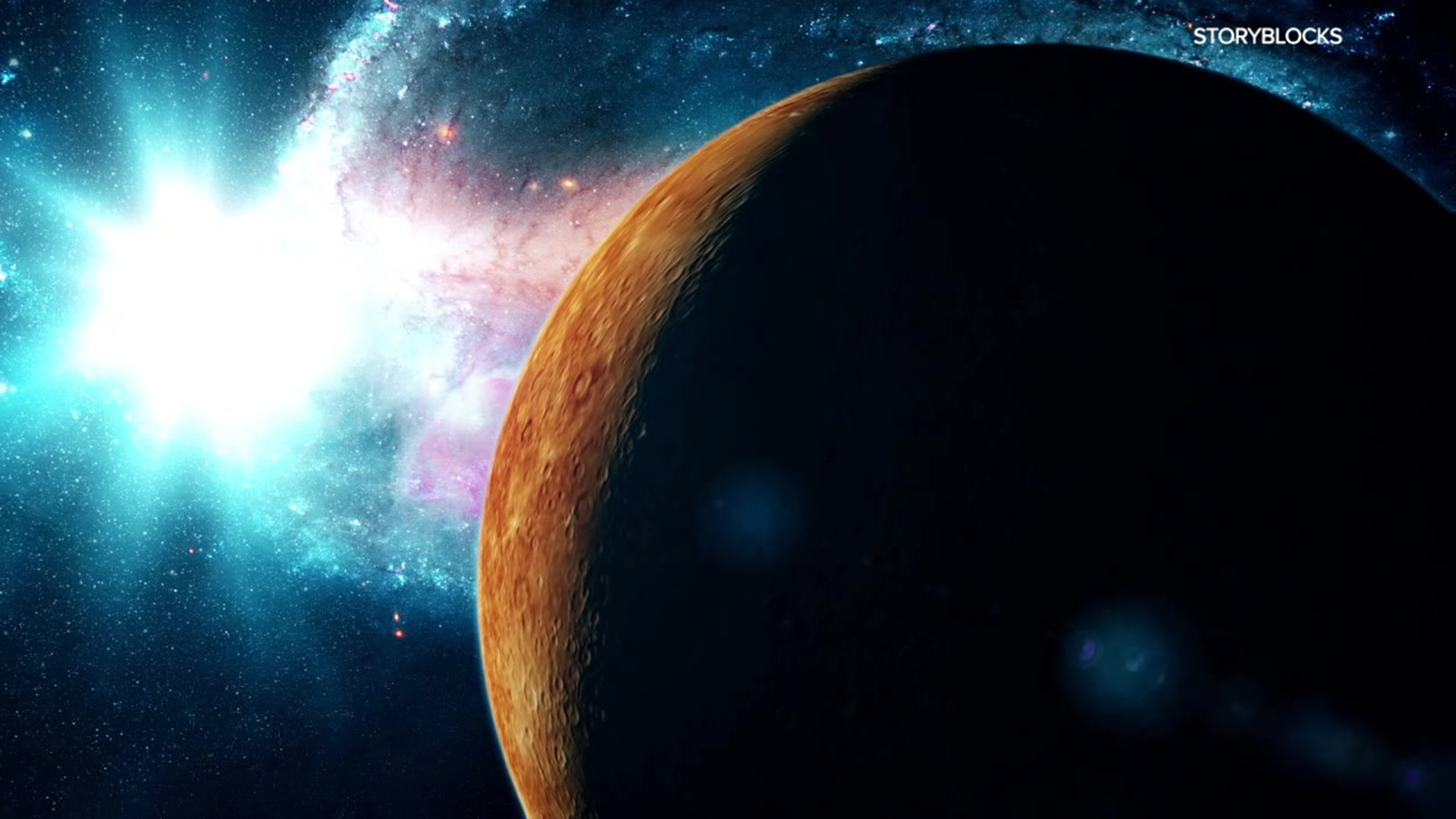PENNSYLVANIA, USA — Matt Beaky is a physics professor at Juniata College.
"Global Astronomy Month is an attempt to bring together worldwide astronomy enthusiasts through activities, star parties, challenges, challenging people to see certain difficult to observe objects."
We chatted with Beaky about some of the interesting things happening in our sky in early April, which is the start of Global Astronomy Month.
Mercury Superior Conjunction
First up is Mercury's Superior Conjunction on Saturday, April 2.
"This is a solar conjunction, so Mercury is lined up with the sun. If you zoomed out of our solar system and looked down at the earth, the sun, and Mercury, there's all in a line with the sun in the middle," Beaky said. "Mercury will make its way out from behind the sun again in a few weeks and be visible in the evening sky."
Venus Just Past Elongation
We just passed Venus' elongation.
"It's farthest from the sun, so it rises earliest before the sun that time of year."
It's still up fairly high off the eastern horizon in the morning and visible before sunrise. Venus has some company too.
Saturn, Mars Conjunction
"In the morning sky this time of year, Venus, Saturn, and Mars are all dancing around near the horizon. The best time to view them is an hour before sunrise to maybe a half-hour before sunrise."
On Monday, April 4, there will be a planetary conjunction between Saturn and Mars.
'They're lined up in such a way that they appear to be really close to each other, less than a degree apart, which means you'd cover them up with your pinky. If you hold your pinky up at arm's length, you'd cover both of them up."
Uranus In The Evening Sky
If you're up for a challenge, Uranus is visible in the evening sky, but it's not visible to the naked eye. You'll need a star chart and some help.
"With a pair of binoculars, you should be able to spot it as a little tiny disc. It'll look different than the stars around it. Stars will seem like points in your binoculars. The planet Uranus will appear as a small gray disc."
If looking for company for these skywatching opportunities or any others throughout the month, you can search for a watch party near you.
See past Skywatch 16 segments on YouTube:

